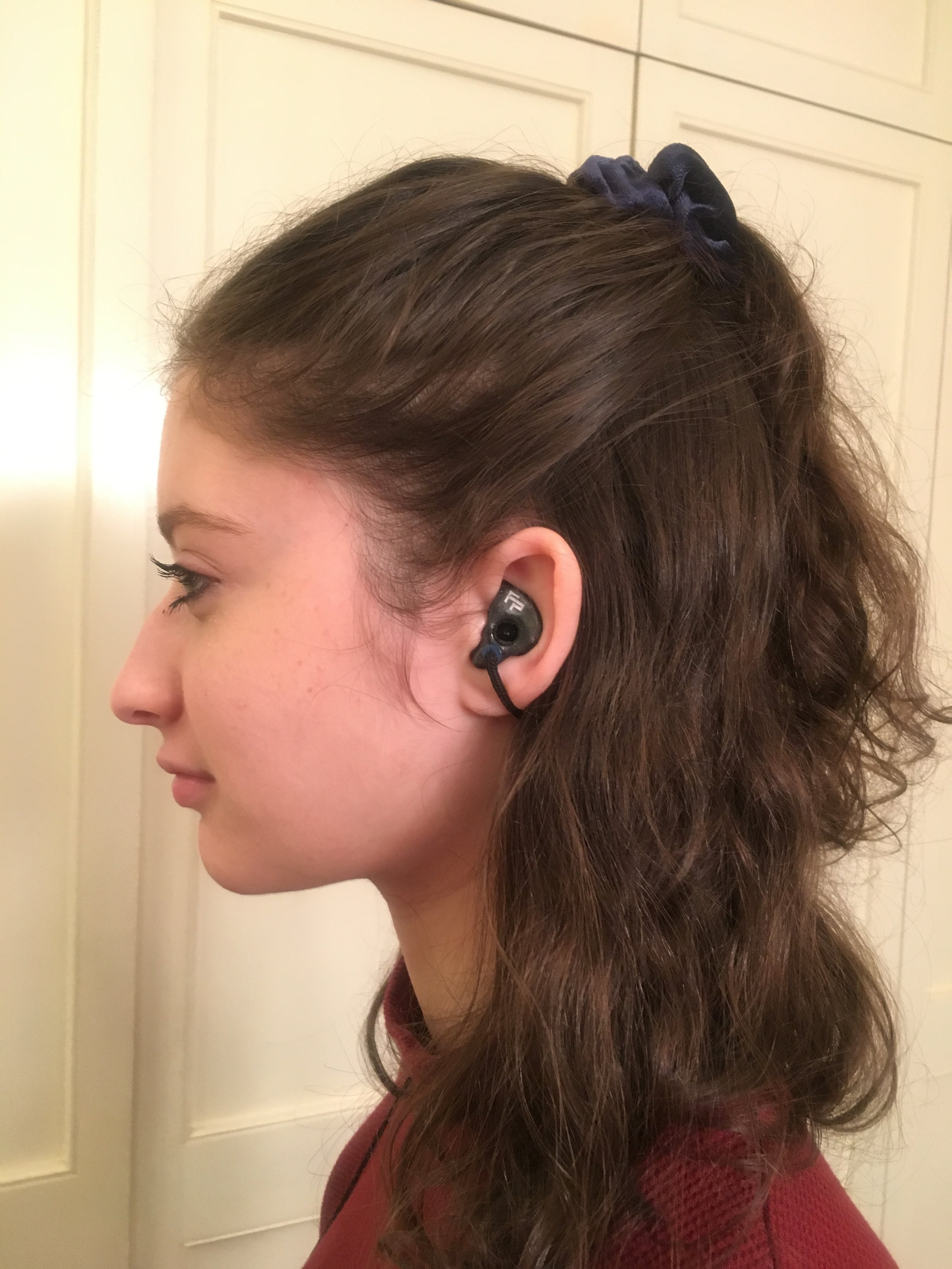Everyone knows that loud noise can be very damaging to hearing. When one thinks of jobs where people will suffer hearing damage most don’t think of Classical Musicians. Yet some forty percent of musicians will suffer some type of hearing loss. Brass woodwind, and percussion musicians are the most at risk with noise levels in excess of 85 decibels on a regular basis. Certain pieces like Tchaikovsky 1812 Overture
PhilHEARmonic & National Protect Your Hearing Month
Noise-induced hearing loss is one of the most common work-related illnesses in the United States. Each year, an estimated 22 million U.S. workers encounter noise exposures loud enough (greater than 85 decibels) to be potentially hazardous.
Most people when they think of jobs that put people at risk immediately think of construction or other heavy industrial jobs – not classical music. Perhaps rock but definitely not classical music. While musicians understand that certain pieces, composers, and instruments are generally louder than others, many do not realize how much "noise" (I am hesitant to use that word as it is music) impacts their ears. Yet studies have shown that hearing impairment is a significant problem for over 40% of musicians. The same study on one of the largest classical orchestras in Europe fud that more than 75% of the musicians experience tinnitus of varying frequencies,
Your level of risk is influenced by several factors:
· Noise level – as noise level increases, the risk also increases
· Duration of exposure – the longer the noise lasts, the more hazardous it becomes
· Impulsiveness – noises that have very abrupt starts and stops (such as hammering, gunfire, or fireworks) are more dangerous than constant noise of the same overall level
· Intermittency – periods of relative quiet between exposures allow the ear to "rest" and reduce the risk
When you think about it for many classical orchestral musicians, their daily work is characterized by a large number of hours of training, with abrupt stops and starts and with percussion, brass or other sections producing a noise level exceeding the recommended noise limit of 85dB. Last summer, for example, at the New York State Summer School of the Arts School of Orchestral Studies program at the Saratoga Performing Arts Center, the selections that we performed included 1812 Overture by Tchaikovsky and Billy the Kid by Copland. Both pieces feature a booming percussion section mimicking cannon and gunfire that is played directly behind the horns.
This experience and Eli's comments led me to continue to look into the issue. The few studies I found on the audiological health of orchestral musicians show that the vast majority are exposed to harmful sound levels in the working environment. Most of the studies, however, failed to consider the different seating positions of the orchestra. Moreover, none of them are longitudinal studies to determine if hearing loss worsened over time. Nevertheless, the studies did establish that orchestral musicians are at risk for Noise Induced Hearing Loss (NIHL). Also missing from this research is potential hearing loss among high school and college musicians. Just as injury is being studied in young athletes, young musicians can benefit from more information regarding the health of their hearing. PhilHEARmonic (www.philHEARmonic.org) is my effort to examine NIHL in student musicians as they progress from high school orchestras, to college orchestras, to professional musical settings.



